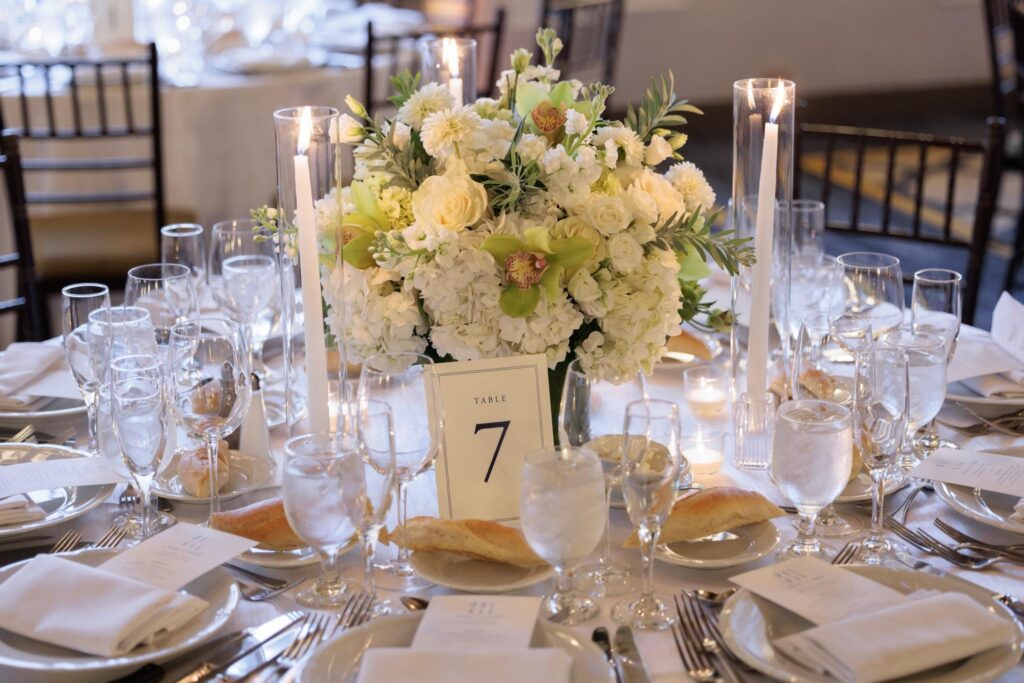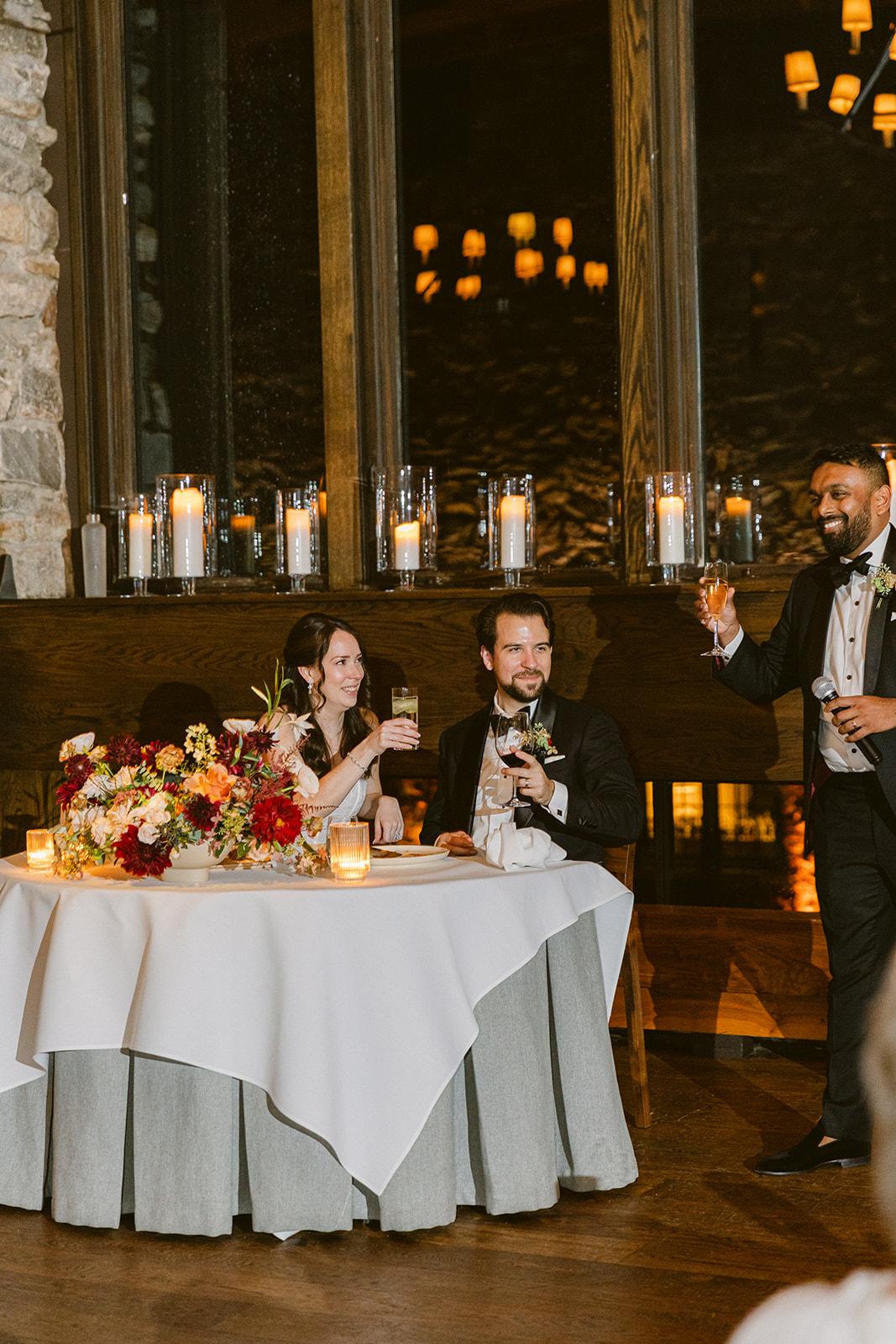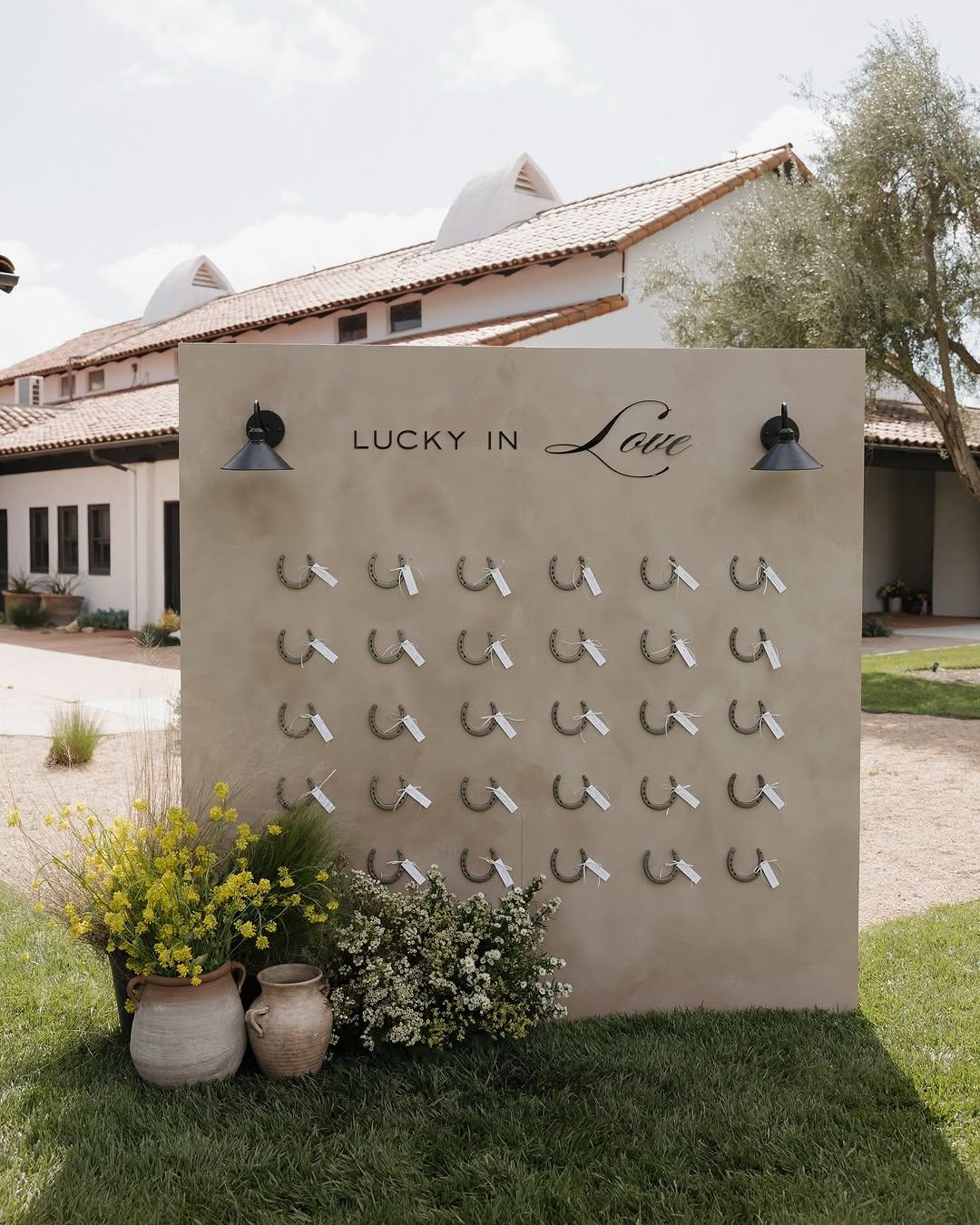
My clients often express that the most daunting element of the wedding planning process is creating their seating chart. And rightfully so; navigating the politics of who knows who, who likes who, and who definitely doesn’t like who is a demanding task.
If you and your partner have found yourselves in the same boat, don’t fret! I’ve put together the following guidance to ease your nerves and ensure you’re able to craft a seating chart that will inspire connection and joy rather than stress and anxiety.
Before you think to ask — yes, you do need a seating chart. Only for the smallest of weddings is it feasible to skip this step, and even then I wouldn’t recommend it. By coordinating who will be sitting where in advance, you neutralize the risk of awkward tension and congested common spaces.

You’ll want to begin by making sure that your guest list is finalized. Who has RSVP’d? Do you need to follow up with anyone? Who will be bringing their children? Who will be bringing a plus-one? These are all essential considerations to make as you begin the process of putting together your seating chart.
Once you’ve established a complete guest list, you can begin to factor in the venue layout and table types. Will there be long rectangular tables, mid-sized square tables, or small round tables? Are your tables arranged in a way that both comfortably accommodates all of your guests and leaves enough room for the dance floor, the bar, and other essential components of the reception space?
Further, do you want to get super granular and assign seats, or stick to general assigned tables? If you plan to have a plated dinner as opposed to a buffet, for example, assigned seats might be your best bet. But if there isn’t a logistical necessity, you’ll likely be just fine keeping seating assignments table-only.
Here comes the really tricky part: assessing your guests’ relationships (to each other and to you!). While everyone on your guest list might share a love for you and your partner, the same can’t always be said about each other, and that’s okay!
There will be, of course, the head table where your wedding party will sit. If you and your partner opt for a sweetheart table for just the two of you, factor that in as well. Then comes the family table(s). Traditionally, the immediate family members of the couple are seated closest to the head table, followed by tables of extended family members.

And, finally, everyone else. One tip is to avoid grouping guests together by relationship status (the singles table) or other generalized qualifiers (the parents-of-young-children table, for example). This can be perceived as tacky and even prompt feelings of discomfort or embarrassment in your guests. You can, however, group guests by how you know them. For example, all of your partner’s work colleagues might sit at one table, while all of your college roommates might sit at another. There is truly no hard-and-fast rule for who should go where, but never neglect to consider how guests will feel about their assignment.
As you craft your seating chart, you might encounter pairs or even groups of guests who are not on good terms for one reason or another. As I mentioned, this is completely normal. If you are aware of an uncomfortable interpersonal dynamic among some of your guests, do yourself a favor and separate them as best you can. Your wedding day should be one of celebration, not of walking on eggshells. It is near impossible to eliminate the stress factor completely, but you must remember that this day comes only once. You don’t want to have spent it worrying over whether Uncle Mike and Cousin Carol will break out into a screaming match by the bar!
The final (and arguably most important) consideration is how you present your seating chart to your guests. There are two main approaches: the traditional approach and the escort card approach. A traditional seating chart usually appears on a large board of some sort and denotes every guest’s seating assignment in alphabetical order by last name. Alternatively, you could employ escort cards, small cards arranged on a table near the reception’s entrance with guest names and table assignments printed onto them.
This is a true matter of personal preference; both methods allow room for customization in service of your wedding’s aesthetic, and both have intuitive functionality for guests.
Further, if you have opted to assign guests to specific seats, place cards can be used in conjunction with your traditional seating chart or your escort cards.
If you’re looking for seating chart inspiration, you needn’t look far! A simple Pinterest or Instagram search will yield ideas that are both fresh and polished, both inventive and elegant. I came across some particularly striking designs as I prepared this blog and have included them here:



It is most important to remember that there is no one way to create a seating chart. Your wedding is your’s, and nobody knows your guests better than you do. I hope, though, that reading this blog has made the seemingly impossible task of crafting your seating chart feel at least a little less overwhelming. Happy charting!
@thevowwhisperer
Crafting Heartfelt Words Into Unforgettable Memories
Serving in Destinations Around the World
Crafting Heartfelt Words
Into Unforgettable Memories
Serving in Destinations Around the World